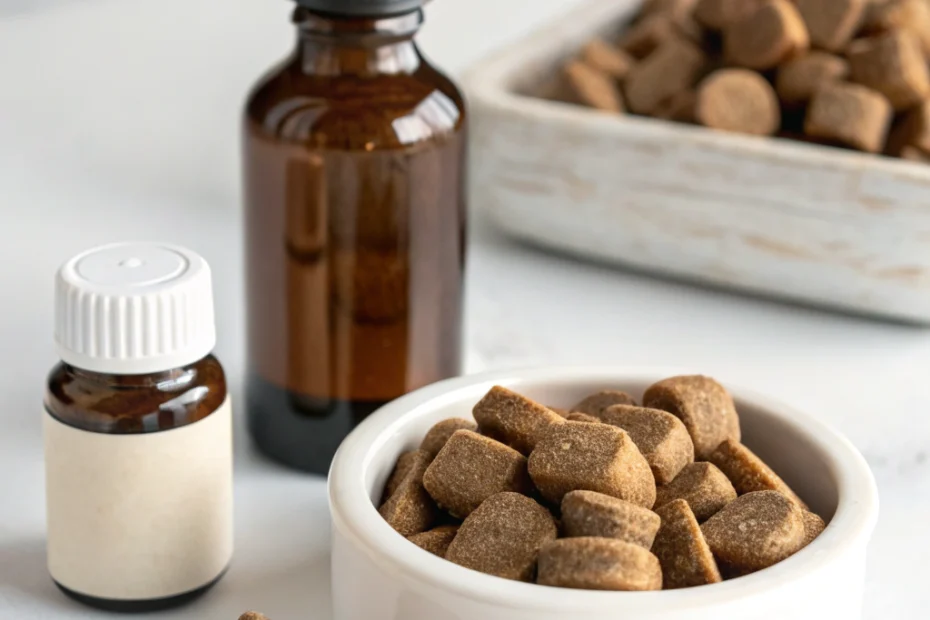At-a-Glance
Hairballs are a common issue for many cat owners. These pesky problems occur when your cat grooms itself and ingests loose fur, which can accumulate in the stomach. While hairballs are generally not harmful, they can cause discomfort for your feline friend. Understanding what you can give your cat for hairballs may help manage this issue effectively. This guide will explore various options, including dietary changes, grooming techniques, and other supportive measures.
How to Choose
When considering what to give your cat for hairballs, it’s important to evaluate several factors. First, consider your cat’s dietary needs. Some cat foods are specially formulated to reduce hairball formation. These foods often contain higher fiber content, which can support the digestive system in moving hair through the gut more efficiently.
Additionally, you might explore hairball remedies available in the form of gels or pastes. These products are commonly used to lubricate the digestive tract, helping hair to pass more easily. Always check the ingredients to ensure they are safe for your cat.
Finally, consider your cat’s grooming habits. Regular brushing can significantly reduce the amount of loose fur your cat ingests. Choose grooming tools that suit your cat’s coat type and sensitivity.
Safety & Setup
Before introducing any new product or treatment for hairballs, it’s crucial to ensure its safety. Consult with your veterinarian to discuss any potential risks associated with dietary changes or supplements. They can provide guidance tailored to your cat’s specific health needs.
When setting up a grooming routine, make sure your cat is comfortable and relaxed. Start with short sessions and gradually increase the duration as your cat becomes more accustomed to the process. Use gentle strokes and be mindful of any areas your cat may find sensitive.
Core Pillars
Managing hairballs effectively involves three core pillars: diet, grooming, and monitoring. A balanced diet with adequate fiber can support your cat’s digestive health. Regular grooming helps minimize the amount of hair your cat ingests. Finally, monitoring your cat’s behavior and health can alert you to any potential issues early on.
Incorporating these pillars into your routine can create a holistic approach to managing hairballs. Each pillar plays a vital role in ensuring your cat remains comfortable and healthy.
Placement & Environment Tips
Your cat’s environment can also influence hairball formation. Ensure your cat has access to clean water at all times, as hydration supports digestion. Additionally, provide a stress-free environment, as stress can exacerbate digestive issues.
Consider placing grooming tools and hairball remedies in accessible locations. This makes it easier to incorporate them into your daily routine. Establishing a consistent schedule for grooming and feeding can also help manage hairballs more effectively.
Comparison with Alternatives
There are several alternatives to traditional hairball remedies. For instance, some cat owners opt for natural dietary supplements that may support digestive health. These can include pumpkin or psyllium husk, which are known for their fiber content.
Another alternative is to increase the frequency of grooming sessions. This can be particularly effective for long-haired breeds prone to shedding. Compare these alternatives to find the best fit for your cat’s needs.
FAQs
Q: How often should I groom my cat to prevent hairballs?
A: The frequency of grooming depends on your cat’s coat type. Long-haired cats may benefit from daily grooming, while short-haired cats might only need weekly sessions.
Q: Are hairball remedies safe for all cats?
A: Most hairball remedies are safe, but it’s important to consult your veterinarian, especially if your cat has underlying health conditions.
Q: Can diet alone prevent hairballs?
A: While diet plays a significant role, a combination of diet, grooming, and monitoring is often most effective in managing hairballs.
What to Do Next
Now that you have a better understanding of what you can give your cat for hairballs, consider discussing your options with a veterinarian. They can provide personalized advice based on your cat’s health and lifestyle. Implementing a comprehensive plan that includes diet, grooming, and monitoring can help manage hairballs effectively.
Disclaimer: Always consult your veterinarian for personalized advice regarding your cat’s health.
